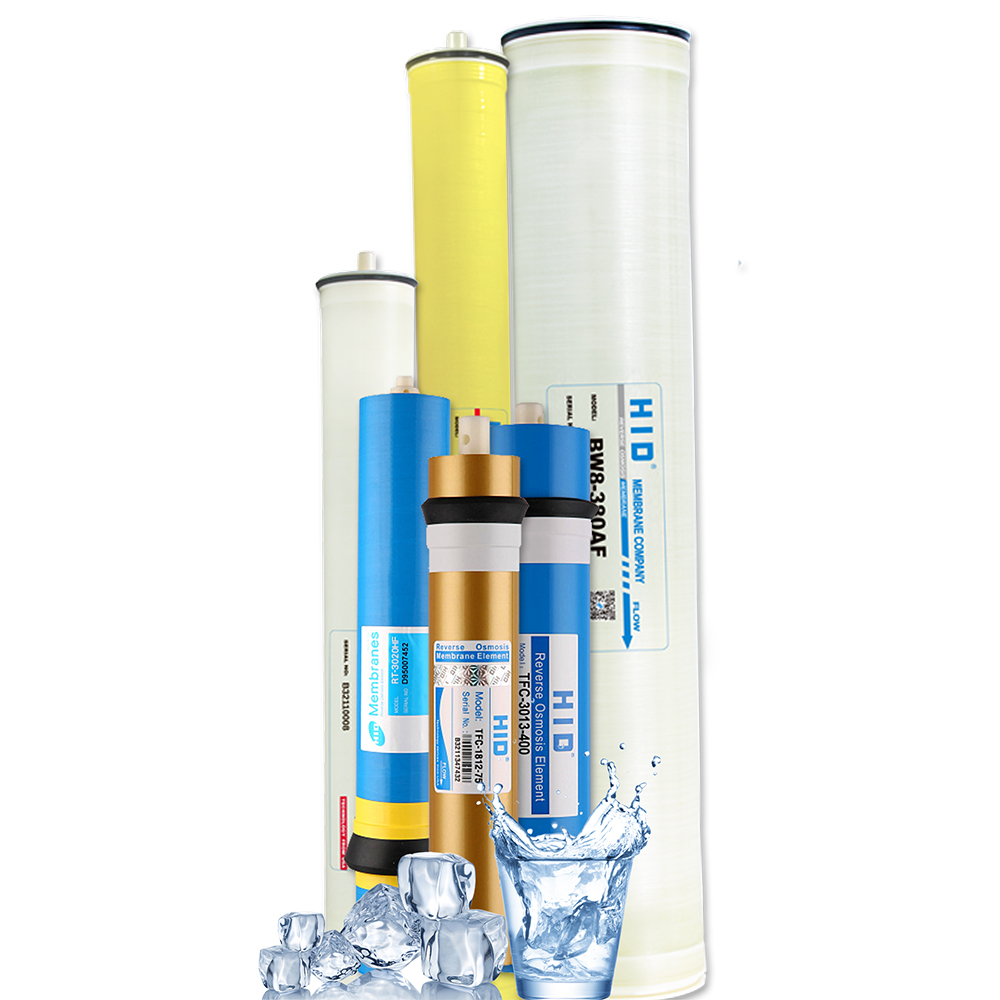Selecting the Right RO Membrane: A Comprehensive Guide
Reverse Osmosis (RO) membranes are pivotal in water treatment systems, effectively removing contaminants to produce clean water. However, selecting the appropriate membrane is crucial for optimizing performance, efficiency, and cost-effectiveness. This guide outlines key considerations and steps to ensure the correct RO membrane selection.

- **Understanding Feed Water Quality**
The composition of feed water dictates membrane choice. Key parameters include:
- Contaminant Type: Membranes vary in rejecting salts, organic matter, bacteria, or chlorine. For instance, seawater (high TDS) requires SWRO membranes, while brackish water uses BWRO.
- Physical/Chemical Properties: Factors like pH, temperature, and turbidity affect performance. High turbidity may necessitate pretreatment (e.g., ultrafiltration) to prevent fouling.
- Pretreatment Needs: Chlorine exposure demands chlorine-resistant membranes (e.g., cellulose acetate), while organic-heavy water may require antiscalants.
- **Defining System Requirements**
- Product Water Quality: Target TDS levels determine the rejection rate. Potable water (TDS < 500 ppm) may use standard membranes, while pharmaceuticals require ultra-pure options.
- Flow and Recovery Rates: Higher recovery rates reduce wastewater but may require durable membranes. Adjust membrane area (flux rate) to meet flow demands.
- System Design: Multi-stage systems might combine high-rejection membranes in later stages for polishing.
- **Membrane Types and Materials**
Materials:
- *Polyamide (PA)*: High rejection but chlorine-sensitive.
- *Cellulose Acetate (CA)*: Chlorine-tolerant but lower rejection.
- Configurations: Spiral-wound (common, cost-effective) vs. hollow fiber (high surface area).
- Manufacturer Variants: Compare specs from leading brands (e.g., Filmtec, Hydranautics) for flux, rejection, and fouling resistance.
- **Operational Conditions**
- Pressure and Temperature: High-pressure membranes (e.g., SWRO) consume more energy. Cold feed water may require pressure adjustments.
- Chemical Resistance: Ensure compatibility with cleaning agents (e.g., acidic/alkaline solutions) to avoid degradation.
- **Cost-Benefit Analysis**
- Initial vs. Long-Term Costs: Premium membranes (e.g., antifouling types) may offer savings through lower energy use and extended lifespan.
- Energy Efficiency: Low-pressure membranes reduce operational costs.
- Maintenance: Factor in replacement frequency and cleaning protocols.
Step-by-Step Selection Guide
- Analyze Feed Water: Conduct comprehensive testing (TDS, pH, contaminants).
- Define Requirements: Set targets for purity, flow, and recovery.
- Select Membrane Type and Material: Match to contaminant profiles and operational conditions.
- Evaluate Operational Factors: Ensure compatibility with pressure, temperature, and chemicals.
- Assess Costs: Balance upfront expenses with lifecycle savings.
- Consult Experts: Engage engineers or manufacturers for tailored solutions. Pilot testing can validate choices.
Conclusion
Choosing the right RO membrane involves a balance of technical and economic factors. By systematically analyzing water quality, system needs, and operational constraints, users can enhance efficiency and reduce costs. Regular monitoring and expert consultation further ensure sustained performance, making informed selection a cornerstone of effective water treatment.








